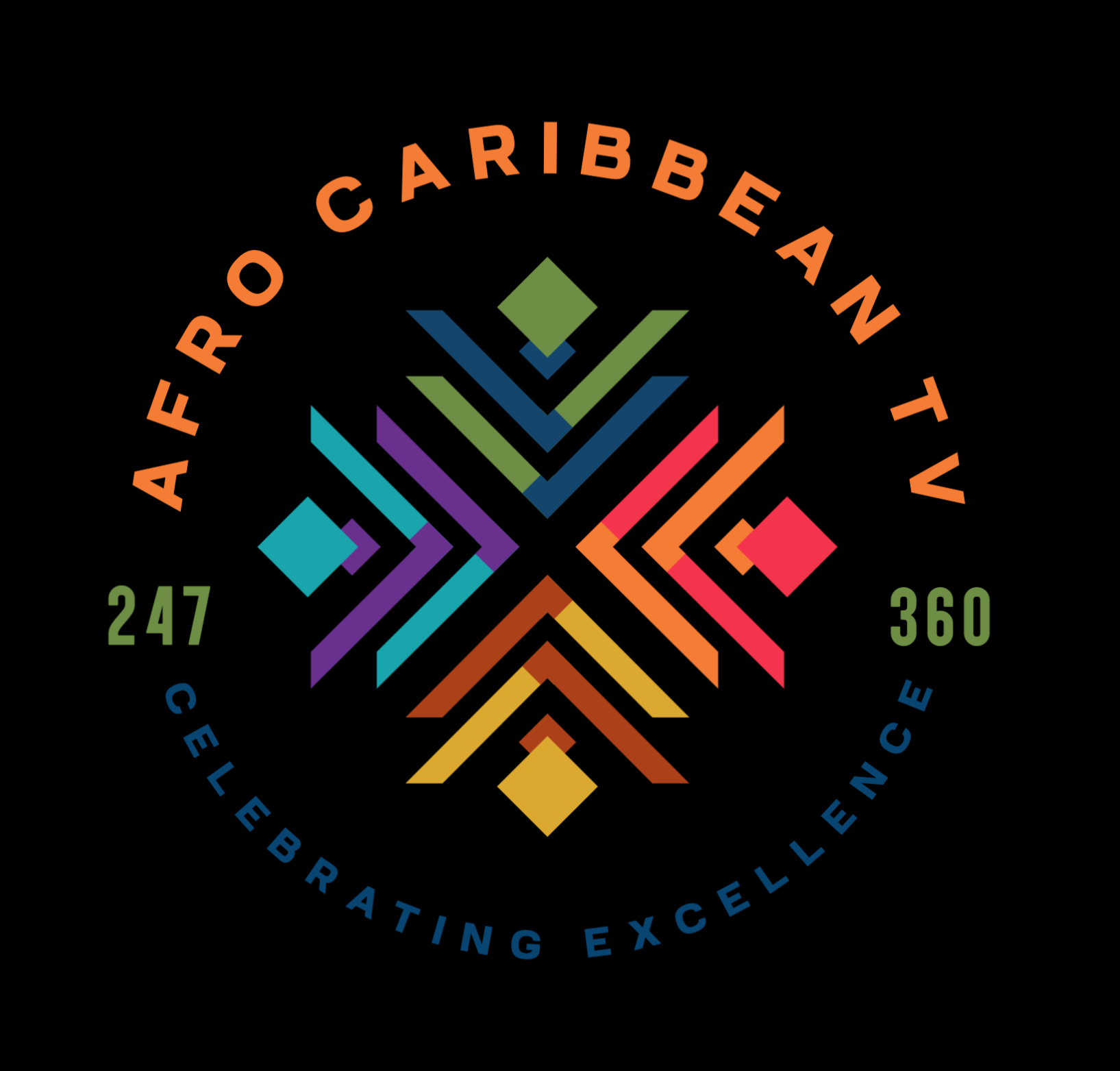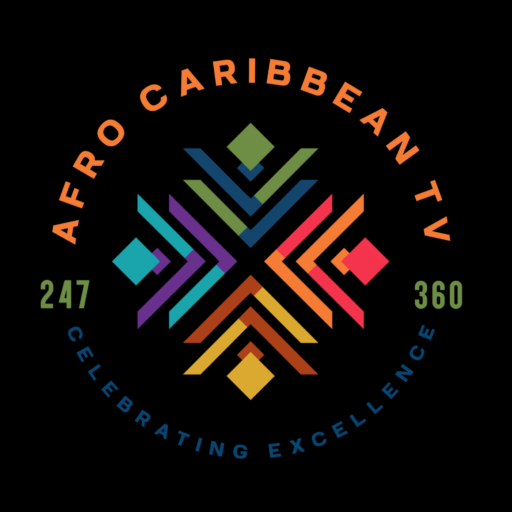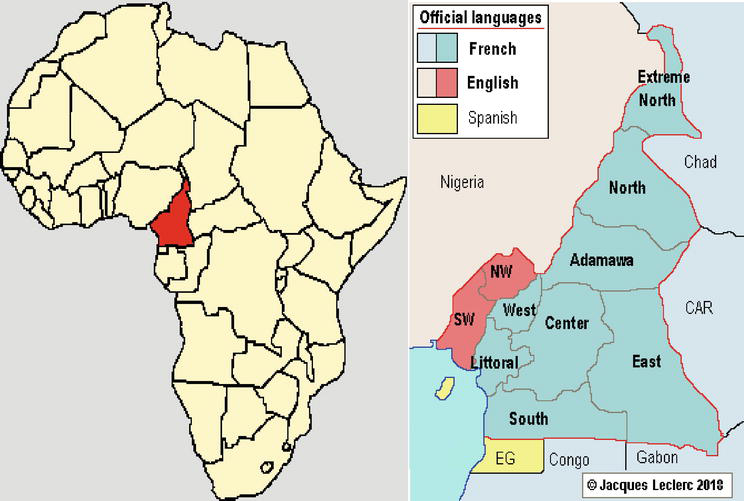Cameroon is one of the most linguistically diverse countries in the world — often called “Africa in miniature” for a reason!
Here’s a full breakdown of the languages spoken in Cameroon:
Official Languages
Cameroon is officially bilingual, with:
| Language | Notes |
|---|---|
| French | Spoken by about 70–80% of the population |
| English | Spoken by about 20–30%, mainly in the Northwest and Southwest regions |
These two are used in government, education, media, and law — depending on the region.
National & Indigenous Languages
Cameroon has over 250 local languages across various ethnic groups. These fall into 4 main language families:
| Language Family | Regions Spoken | Examples |
|---|---|---|
| Bantu | Center, South, East | Ewondo, Bulu, Duala, Basaá |
| Semi-Bantu/Grassfields | West, Northwest | Bamileke, Bamoun, Ngemba |
| Sudanic | Far North | Mafa, Tupuri, Kotoko |
| Adamawa–Ubangi | North, Adamaoua | Fali, Gbaya, Dii |
Some widely spoken local languages include:
- Fang – South
- Fulfulde (Fula) – North and among pastoral communities
- Duala – Coastal regions (Douala)
- Bamileke languages – West
- Ewondo – Center (around Yaoundé)
- Pidgin English – Common lingua franca in Anglophone zones
Cameroon Pidgin English (Kamtok)
- Widely used in Anglophone regions
- Blends English, local languages, and Portuguese influences
- Used in markets, music, casual conversation, and media
Languages in Education
- French and English are used as mediums of instruction
- Some schools and organizations promote bilingualism
- Local languages are taught in select rural schools under mother-tongue education policies
Fun Facts
- Cameroon is home to the Bakossi, Baka (pygmy), and Tikar peoples with unique languages
- It’s part of the African Union’s Lusophone/Francophone/Anglophone divide but embraces linguistic coexistence



